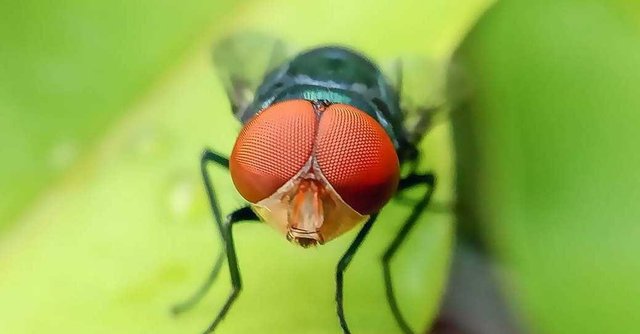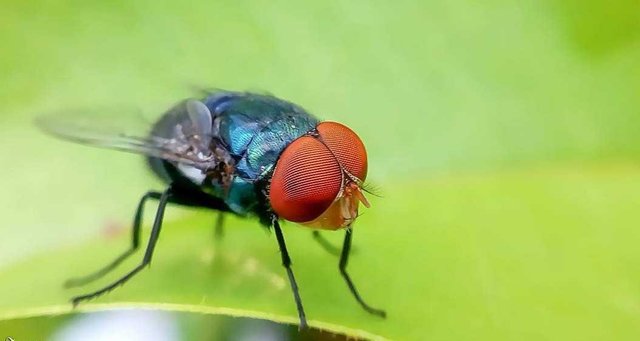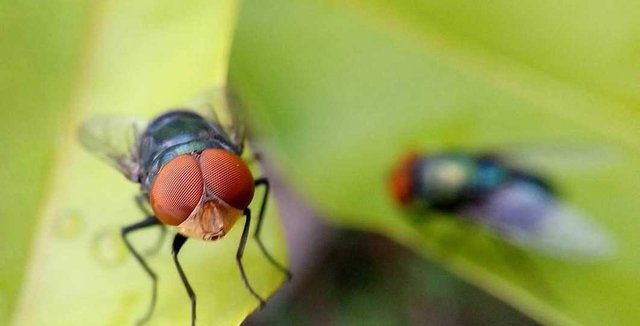Reproduction and development of Flies

The female flies genitals are rotated to some degree from positions found in other insects. In some flies, this is temporary rotation during mating, but on the other, it is the permanent torque of organs that occur during the cocoon stage. This torsion may cause the anus located beneath the genitals, or, in the case of 360 ° torque, on the sperm ducts that wrap around the intestine, even though the external organs are in their usual position. When the mating flies, the male initially flies over the female, facing the same direction, but then turns to face in the opposite direction. This forces the man to lie on his back for his genitals to stick to the female flies, or the torque from the male genitals allows the male partner to temporarily stay upright. This causes flies to have more reproductive ability than most insects, and at a much faster rate. Flies occur in large populations because of their ability to mate effectively and in the shortest time during the breeding season.

The female puts its eggs close to the food source (as in almost ripe fruit), allowing the larvae to consume as much food as possible in a short time before it matures. Eggs hatch as soon as laid, or flies are ovoviviparous, with hatching of larvae within the parent body.

Fly larvae do not have true legs. Some of the Dipedish larvae, such as the Simuliidae, Tabanidae, and Vermileonidae species, have prolegas adapted to functions such as holding onto a substrate in flowing water, holding a host tissue, or holding prey. Roughly, there are some anatomic differences between larvae of Nematocera and Brachycera (see Classification, below), especially in Brachycera, there is a slight demarcation between the chest and abdomen, although the demarcation may be highly visible in many Nematocera, such as mosquitoes (see picture, both here and in mosquito articles), in Brachycera, the head of this larva is not clearly distinguished from other body parts, and there are few, if any, sclerites. Informally, as Brachyceran larvae are called maggots, [7] but the term is often used nontechnical and indifferent to fly larvae or insect larvae in general. Brachyceran's eyes and antennae are diminished or absent, and the stomach also does not have a complement like Cerci. The lack of features is an adaptation to foods such as carcasses, decaying detritus, or surrounding tissue hosts of endoparasites. [4] Nematoceran larvae generally have visible eyes and antennae, although they are usually small and functionally limited.
The cocoon has various forms, and in some cases develops in a silk cocoon. Having emerged from the pupa, adult flies rarely live more than a few days, and serve primarily to reproduce and to dissolve the search for new food sources.
Referensi : wikipedia
Taken with Oppo F5 plus LensBong

